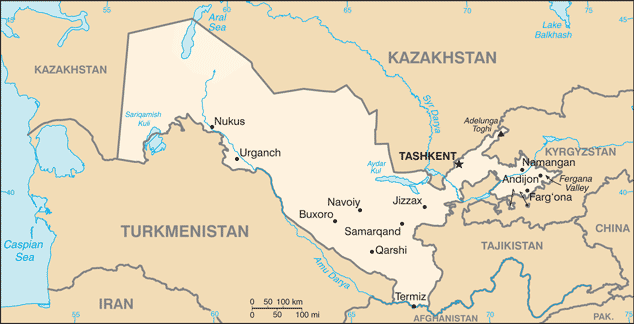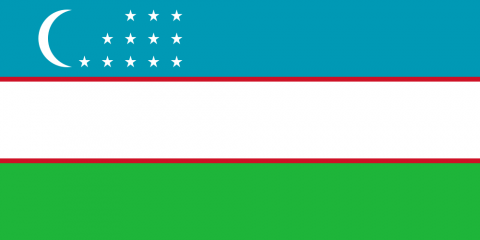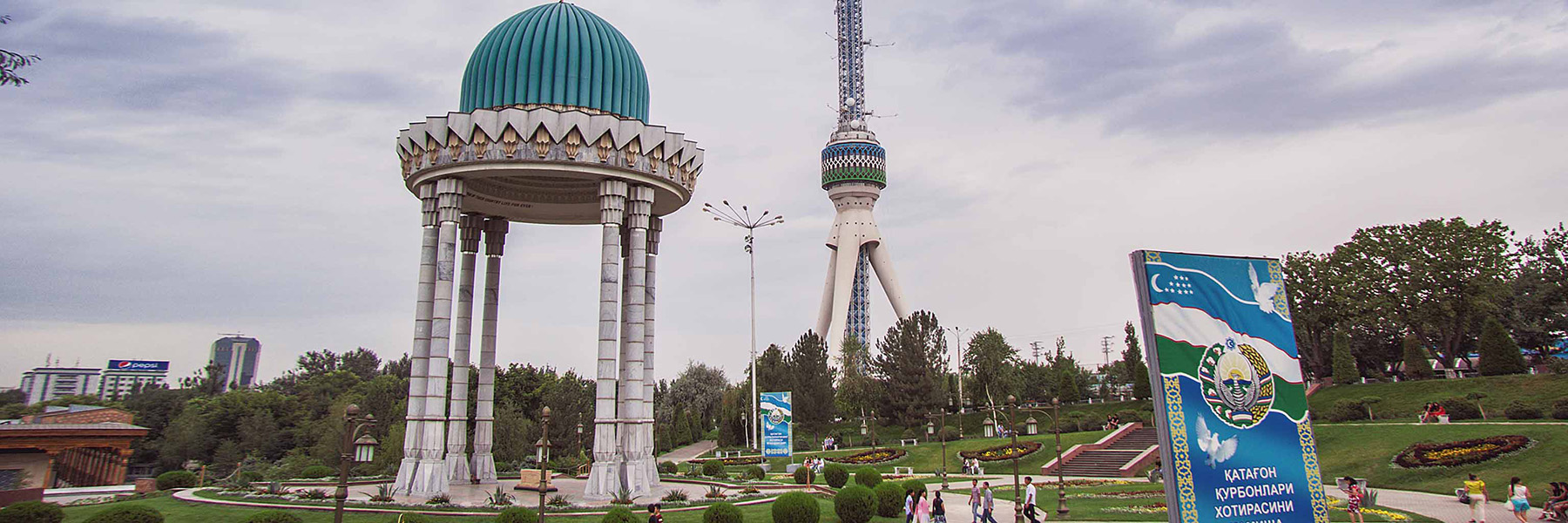Republic of Uzbekistan


Uzbekistan
Capital: Tashkent
Population: 28,661,637
Languages: Uzbek, Tajik, Russian
The region within modern day Uzbekistan has a long history of important civilization, serving as an important link in cultural and economic exchange between Persia in the West and Inner and East Asia for over two thousand years. Historically, the region of modern day Uzbekistan was inhabited by Persian speakers, or Tajiks, and Turkic speakers living alongside one another. Many of Central Asia’s historically important cultural and economic centers are found in today’s Uzbekistan, including Samarkand, Tashkent and Bukhara. This region was the center of a great deal of initial resistance to the Mongol invasion in the early 13th century. After the Mongol Empire began to weaken and fragment an ethnic Turkey, Timur i-Lenk (aka Tamerlane or Timur the Lame), established a dynasty in this region.
Russia conquered the territory of present-day Uzbekistan in the late 19th century. Stiff resistance to the Red Army after the Bolshevik Revolution was eventually suppressed and a Soviet socialist republic was established in 1924. During the Soviet era, intensive production of cotton, as well as grain, led to the overuse of agrochemicals and the depletion of water supplies, which left the land poisoned and the Aral Sea and certain rivers dry. Recently, the country has sought to gradually lessen its dependence on agriculture while developing its mineral and petroleum reserves.
Former Communist Party Secretary Islam Karimov has served as president since Uzbekistan’s independence in 1991. While initially open, Karimov’s government has been steadily consolidating its power and stepping up repression against opponents, culminating in the 2005 massacre of hundreds of protestors in the eastern city of Andijon.


